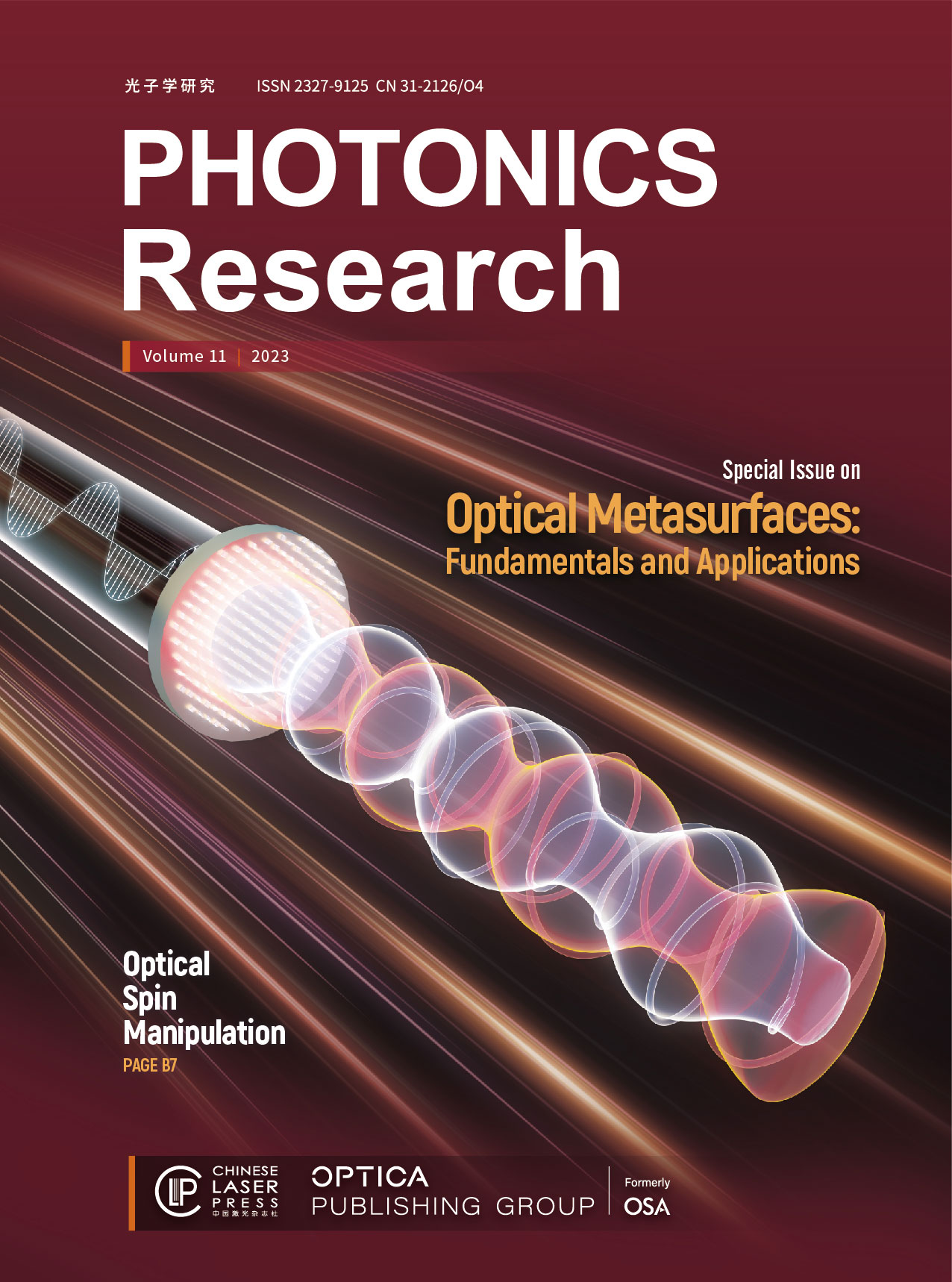氮化硅隧道操纵可重构双模痛觉感受器类似物
IF 7.2
1区 物理与天体物理
Q1 OPTICS
引用次数: 0
摘要
神经形态应用前景广阔,不仅可以通过高效的并行计算模式完成某些计算任务,如感知和识别,还可以作为下一代机器人智能感知系统的关键仿生元件。然而,实现这种可随刺激阈值自适应切换工作模式的生物仿生痛觉感受器仍然是一项挑战。通过合理设计材料特性和器件结构,我们实现了一种易于制造、低能耗和可重构的痛觉感受器。它能够进行阈值触发的自适应双模式跃迁,类似于生物报警系统。通过氮化硅(Si3N4)介质的隧道模式转换,我们模拟了强度和排练触发的跃迁。在阈值信号下,该装置还能以 33.5 fJ/μm2 的极低能量密度表达一些常见的突触功能。此外,通过调节 Si3N4 的厚度,可以比较容易地制造出具有不同痛感的装置。我们基于隧道层的模拟痛觉感受器为模拟疼痛报警系统提供了一个机会,并为阈值相关的新型应用开辟了一条新路。本文章由计算机程序翻译,如有差异,请以英文原文为准。
Tunnel silicon nitride manipulated reconfigurable bi-mode nociceptor analog
Neuromorphic applications have shown great promise not only for efficient parallel computing mode to hold certain computational tasks, such as perception and recognition, but also as key biomimetic elements for the intelligent sensory system of next-generation robotics. However, achieving such a biomimetic nociceptor that can adaptively switch operation mode with a stimulation threshold remains a challenge. Through rational design of material properties and device structures, we realized an easily-fabricated, low-energy, and reconfigurable nociceptor. It is capable of threshold-triggered adaptive bi-mode jump that resembles the biological alarm system. With a tunnel silicon nitride (Si 3 N4 ) we mimicked the intensity- and rehearsal-triggered jump by means of the tunneling mode transition of Si 3 N4 dielectric. Under threshold signals the device can also express some common synaptic functions with an extremely low energy density of 33.5 fJ /μm 2 . In addition, through the modulation of Si 3 N4 thickness it is relatively easy to fabricate the device with differing pain degree. Our nociceptor analog based on a tunneling layer provides an opportunity for the analog pain alarm system and opens up a new path toward threshold-related novel applications.
求助全文
通过发布文献求助,成功后即可免费获取论文全文。
去求助
来源期刊

Photonics Research
OPTICS-
CiteScore
13.60
自引率
5.30%
发文量
1325
期刊介绍:
Photonics Research is a joint publishing effort of the OSA and Chinese Laser Press.It publishes fundamental and applied research progress in optics and photonics. Topics include, but are not limited to, lasers, LEDs and other light sources; fiber optics and optical communications; imaging, detectors and sensors; novel materials and engineered structures; optical data storage and displays; plasmonics; quantum optics; diffractive optics and guided optics; medical optics and biophotonics; ultraviolet and x-rays; terahertz technology.
 求助内容:
求助内容: 应助结果提醒方式:
应助结果提醒方式:


